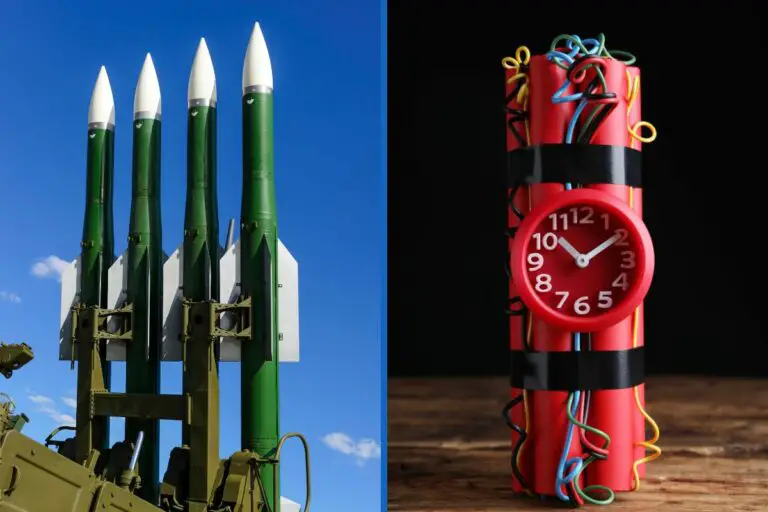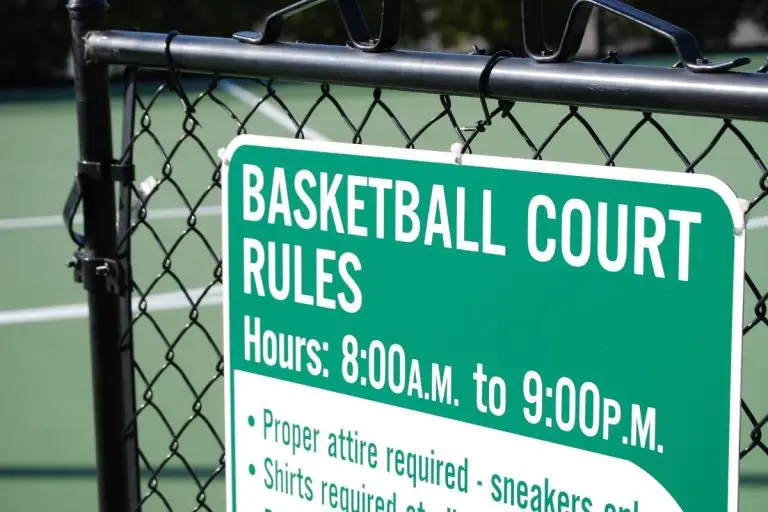What’s the Difference between a Keyboard and a Piano?
Today, we tend to use these two words without thinking about their real meaning. And you are probably wondering if there is a real difference between a keyboard and a piano. That’s what we’ll see in this article.
The main difference between a keyboard and a piano is that a piano use a mechanical hammer to product sound, while a keyboard synthesize the sound electronically. That is why keyboards are much smaller and compact than pianos.
There are other differences between these two terms, and we’ll see everything in details now.
The Keyboard
Definition
As per Britannica, a keyboard is “any musical instrument on which different notes can be sounded by pressing a series of keys, push buttons, or parallel levers.”
History
While we often look at the keyboard as a mechanical instrument that makes use of electricity, that hasn’t always been the case. The first record of a keyboard was during the time of the Ancient Greeks as it was called a hydraulis back when it was invented sometime during the third century BC. It resembled a pipe organ more than a modern keyboard but it still had keys.
From that time until the 1300s, it remained the only keyboard instrument ever invented as traditional organs did not have keys except for the hydraulis. During the 14th century, however, there appeared several more keyboard instruments such as the clavicymbalum, clavichord, and harpsichord. The harpsichord is now commonly known as the modern-day piano.

Since then, keyboard instruments began to evolve and take various shapes and sizes until the modern-day version of what a “keyboard” is was invented. Today, the modern-day keyboard that we usually associate the “keyboard” term to is the synthesizer or the synth. These are still keyboard instruments but they are called synthesizers because they electronically synthesize many different types of sounds including that of the piano’s, and that is why they are also called electric pianos. For simplicity’s sake, we will refer to the synthesizer or electric pianos as the “keyboard” in this discussion
Mechanics
The main feature of a keyboard is that these instruments have to make use of electricity to produce the sounds that they make. That is why they are called synthesizers as they make use of an electric-powered synthesizer that synthesizes the sound of a piano or any other instrument as you press a key on the keyboard itself.
Because a keyboard is powered electronically or even digitally today, you control every aspect of it electronically. This means that you can adjust the volume by making use of a knob or a set of buttons on the control board of the keyboard itself. Meanwhile, the control contains many different buttons and knobs that you can make use of to change the settings and the sounds that you want to be played on the keyboard.
Sound
As mentioned, keyboards are able to synthesize piano sounds electronically by making use of their synthesizers. And, true to its nature as a synthesizer, a keyboard can also synthesize other instruments such as a violin or a guitar or even drums. But, in most cases, they synthesize piano sounds by default
Size
Keyboards also tend to be quite light and small as one single person can be enough to carry a keyboard. That is why keyboards are often easily carried from one place to another such as when a musical group has to perform a concert in another place. Today, some keyboards are even so light and small that they can be carried by only one hand.
The Piano
Definition
The Merriam-Webster dictionary defines a piano as “a musical instrument having steel wire strings that sound when struck by felt-covered hammers operated from a keyboard.”
History
The piano was first invented back in the 17th century by an Italian named Bartolomeo Cristofori, who made use of the basics of a harpsichord and incorporated them into what he called a un cimbalo di cipresso di piano e forte (roughly translated to a keyboard of cypress with soft and loud).
Cristofori’s invention was a relative unknown until 1711 when a writer wrote about his piano, which became the blueprint for a more modern version invented by Gottfried Silbermann. He showed Johann Sebastian Bach his new piano, which saw early criticisms from the musician. Silbermann’s piano saw some improvements in its design until Bach loved them and even began promoting them.

From there, it began to see differences in its versions during the time of Wolfgang Amadeus Mozart until it saw its more modern version during the Industrial Revolution. Piano innovation shifted over to Paris as more and more inventors and musicians altered certain designs of the Mozart piano until it became what it is today, which is often called the acoustic piano.
In today’s modern times, acoustic pianos are still very much popular even when electronic pianos (keyboards) have become quite popular as well. However, acoustic pianos are now outfitted with digital capabilities to make them more capable of handling the musical demands of today’s modern era.
Mechanics
Basically, the piano is a purely mechanical musical instrument that relies on a set of keys that, when pressed, will trigger a hammer that will strike the strings that will produce the sounds of the piano. The harder you press the keys, the louder the sound of the piano is.
Sound
The sound of a piano can be described as bright and mellow. This is due in large part to how it has a higher concentration of harmonics as it produces a sound that is clear, clean, and brilliant.
Size
In terms of size, the acoustic pianos we see tend to be quite large and heavy. Most acoustic pianos are large enough that they can weigh somewhere between 500 and 1200 lbs. and are supposed to be carried or hauled by multiple people carefully because of how pianos can also be quite fragile. That is why most pianos stay where they are unless there really is a reason to move them.
Differences Between Keyboard and Piano
Definition
If you look at the dictionary definition of what a keyboard is, it is actually a catch-all definition that includes all instruments that make use of a keyboard. This means that a piano is understandably considered a keyboard instrument as well. However, if we were to define a keyboard as an electric piano, it is obviously just an electric version of a piano. But the difference here is that a piano (the acoustic version), makes use of a hammer and strings, which you cannot find in a keyboard.
Mechanics
As to their mechanics, the modern version of what keyboards are powered by electricity. It is electricity that powers the synthesizer found in a keyboard so that it can produce different sounds. The keys on a keyboard also tend to be quite soft and would require minimal effort for you to press.
Meanwhile, pianos are purely mechanically powered as they make use of simple machines such as levers, hammers, and strings that all work together to produce the sound of a piano. The keys of a piano are also weighted and are more difficult to press because you have to put some pressure into it to activate the hammer.
Sound
A keyboard is able to produce a lot of different sounds depending on how it is set. That is because the sound it produces comes from a synthesizer, which can basically synthesize multiple sounds that include that of a piano’s. Meanwhile, a piano will almost always sound the same because it is powered mechanically and not electronically. However, acoustic pianos outfitted with digital capabilities may be able to synthesize other sounds in addition to the classic sound that a piano makes.
Size
Keyboards are much smaller and more compact than pianos. They are so small in comparison that they are usually just composed of one single board that contains different keys. Most keyboards also have fewer keys compared to a piano. On the other hand, pianos are quite large and are difficult to move from one place to another as they would require multiple people to be moved around.
Comparison Table
| Keyboard | Piano | |
| Size | Varies but usually at least 3 feet | 5 to 6 feet |
| Weight | Varies but usually under 100 lbs. | At least 300 lbs. |
| Mechanics | Synthesizer powered by electricity and triggered by key press | Hammer and string triggered by weighted key press |
| Sound source | Electric-powered synthesizer | Acoustic strings |






